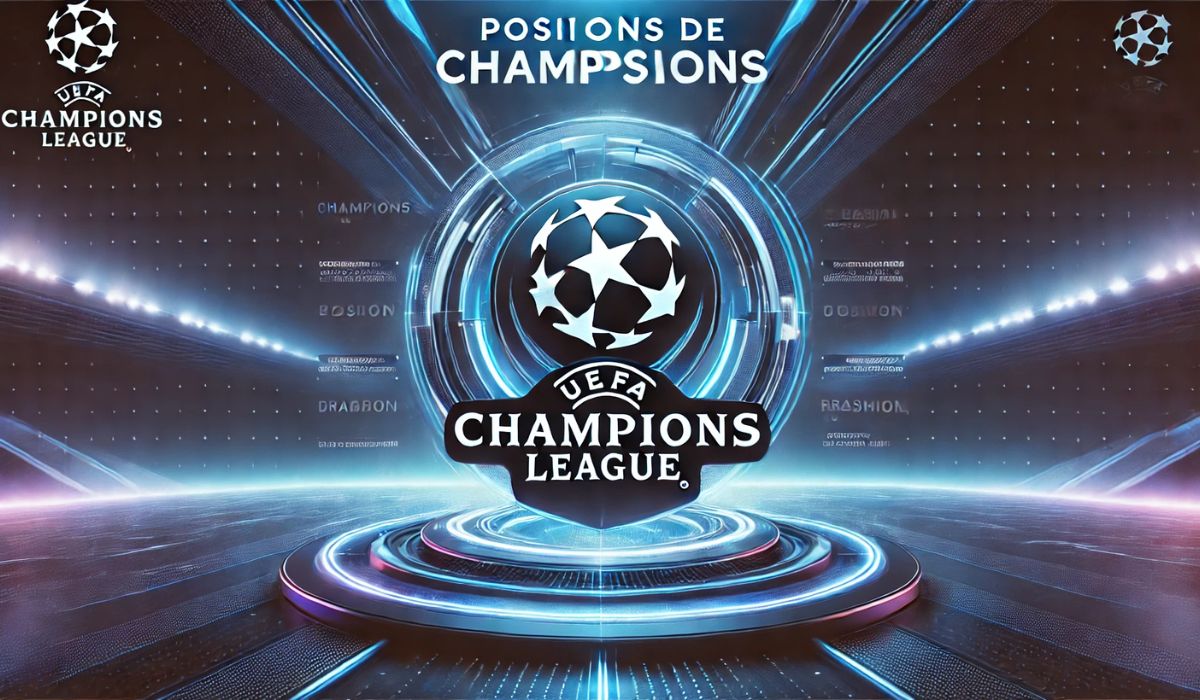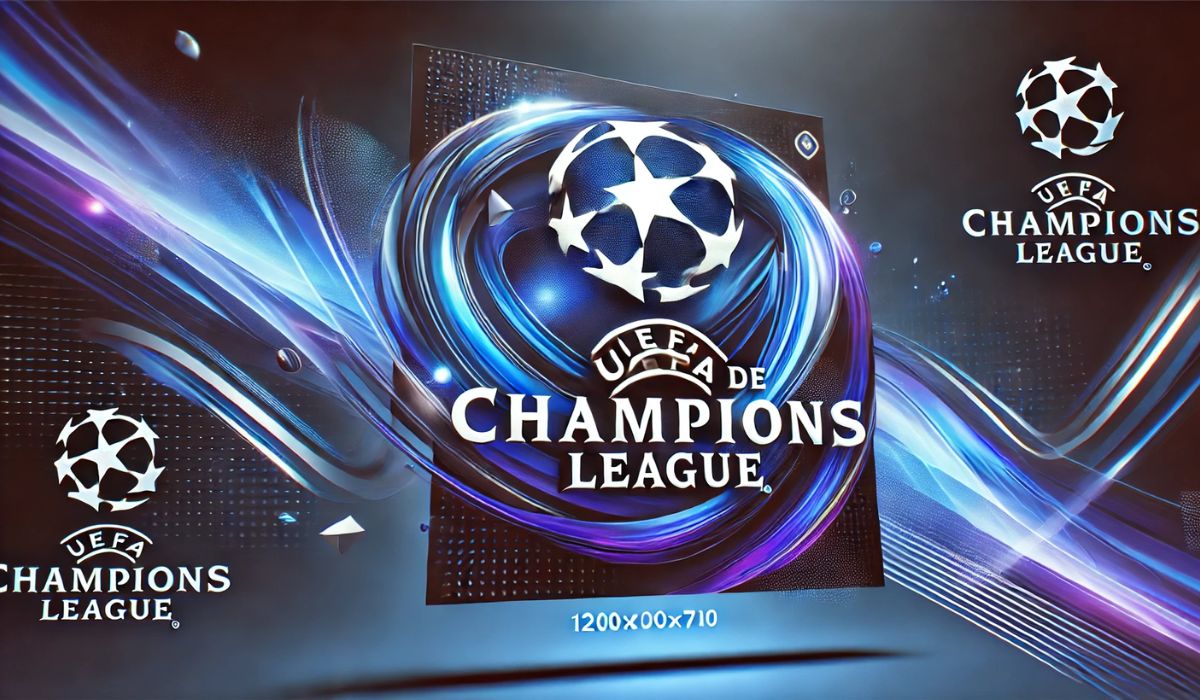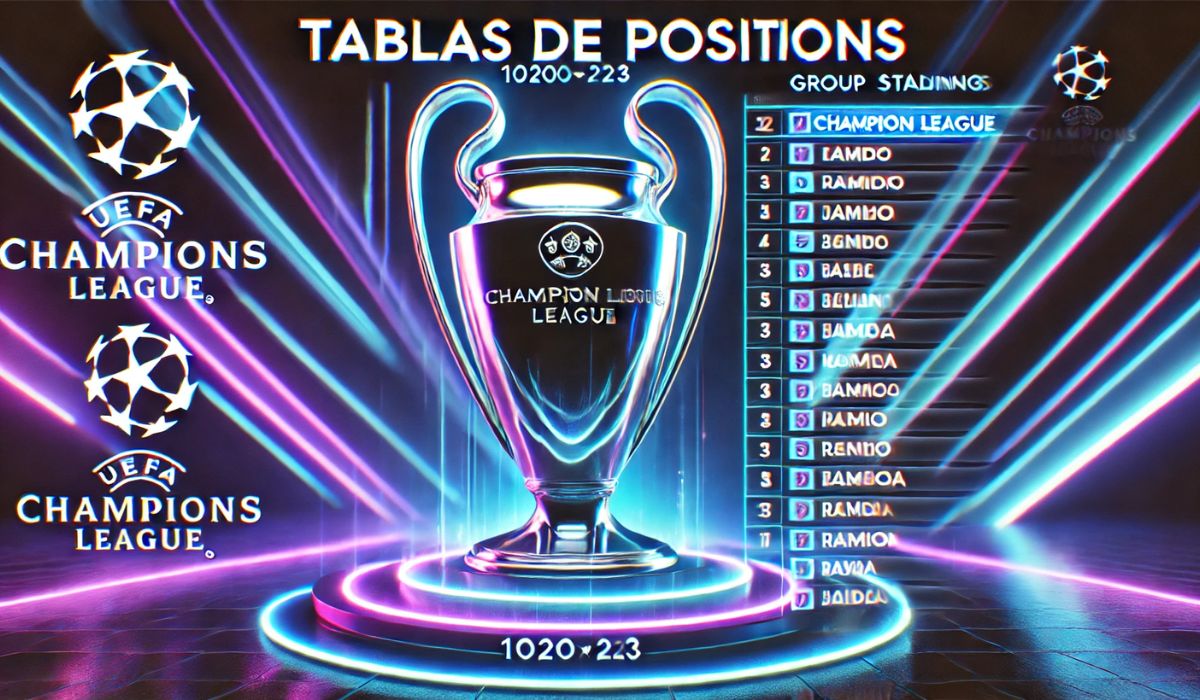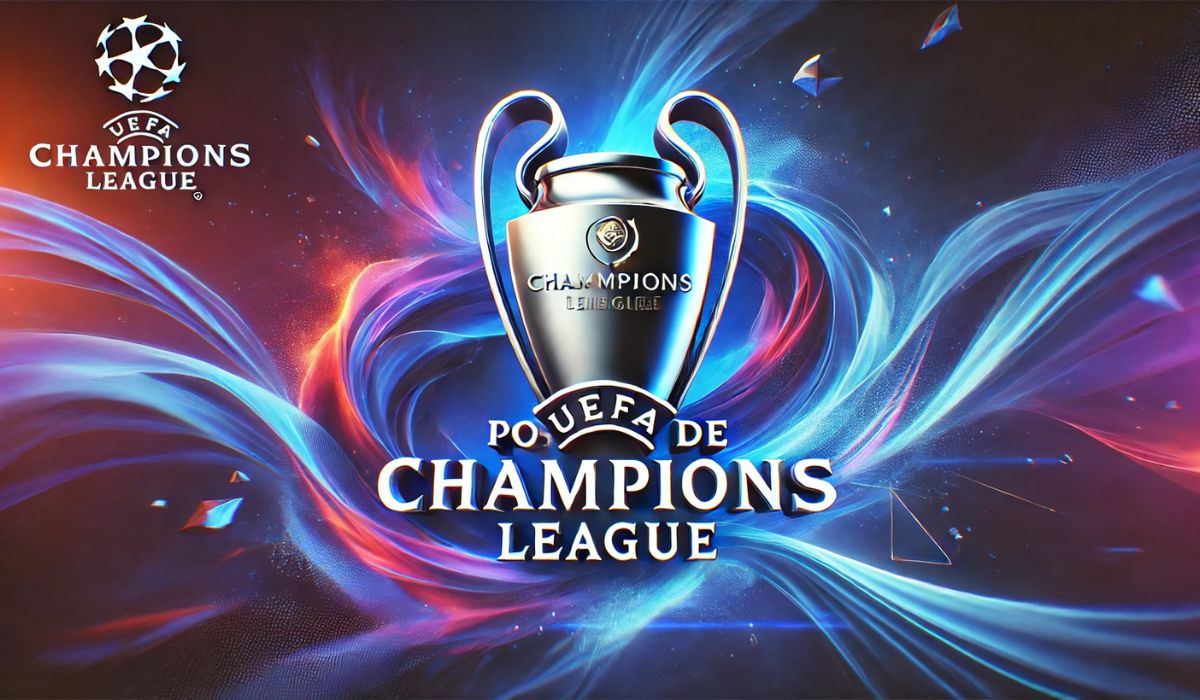Current Standings in the Champions League
The UEFA Champions League, one of the most prestigious tournaments in the world of football, is closely followed by fans eager to see which team emerges as the best in Europe. Here, we provide a detailed look at the current standings in the Champions League, examining the positions of the participating teams, their accumulated points, wins, losses, and goal differences. This analysis not only informs fans of the state of the competition but also sets the stage for the matches that will determine the finalists.
Understanding the Points System
The Champions League points system is straightforward, with teams earning three points for a win, one point for a draw, and no points for a loss. This system emphasizes the importance of every match, as a single game can significantly alter the dynamics of the group standings.
Breakdown of Current Standings
As of the latest matchday, here’s how teams are stacking up:
- Team A – 12 points
- Wins: 4
- Losses: 0
- Draws: 0
- Goal Difference: +10
Team A leads its group with a perfect record, showcasing a strong defense and an aggressive offense. Their significant goal difference is a testament to their tactical execution on the field.
- Team B – 9 points
- Wins: 3
- Losses: 1
- Draws: 0
- Goal Difference: +5
Team B’s only loss came against the group leader, Team A. They have rebounded well, however, securing solid wins in their other matches.
- Team C – 6 points
- Wins: 2
- Losses: 2
- Draws: 0
- Goal Difference: 0
Team C has been inconsistent, with their performance oscillating between brilliant and subpar, reflected in their balanced goal difference.
- Team D – 3 points
- Wins: 1
- Losses: 3
- Draws: 0
- Goal Difference: -5
Team D struggles continue as they find it difficult to secure wins, suffering from a weak defense that has conceded more goals than they have scored.
- Team E – 1 point
- Wins: 0
- Losses: 3
- Draws: 1
- Goal Difference: -10
Team E has faced a challenging campaign, managing only one draw while losing the rest of their matches. Their negative goal difference highlights their defensive and offensive issues.
Key Factors Influencing the Standings
Several factors play a critical role in shaping the standings:
- Injuries and Suspensions: Key players missing games can derail a team’s campaign.
- Home and Away Performances: Teams often perform better at home due to familiarity and fan support.
- Tactical Adjustments: Coaches’ strategies in crucial matches can make or break a team’s success in the tournament.
Implications of the Standings
The current “posiciones de Champions League” not only reflect the teams’ performances but also hint at their potential paths in the tournament. Teams at the top of the “posiciones de Champions League” are looking to secure qualification for the knockout stages, while those at the bottom might still be fighting for a spot in the UEFA Europa League by finishing third in their group. This dynamic underscores the importance of every match as the group stage concludes, influencing future strategies and outcomes in the competition.
As we move closer to the end of the group stage, each match will be critical in determining the “posiciones de Champions League.” Fans can expect intense battles as teams vie for top spots and qualification to the next round, with every goal and point playing a pivotal role in their Champions League journey. Understanding the “posiciones de Champions League” becomes increasingly important as teams strategize to secure their place in the knockout stages.
Historical Performance Analysis of Teams in the Champions League

The UEFA Champions League is not just a platform for showcasing the current prowess of Europe’s top football clubs; it also provides a rich history of performances that can be analyzed to discern trends, track the progression of teams, and understand the shifts in dominance over the years. In this section, we delve into the historical performance of teams, comparing their past successes and challenges with their current standings in the tournament.
Trends in Team Performances
Over the decades, the Champions League has seen several teams rise and fall, with some maintaining consistent high performance and others experiencing fluctuations. Teams like Real Madrid, FC Barcelona, and Bayern Munich have historically been powerhouses, often dominating their groups and progressing deep into the knockout stages. A historical analysis of the “posiciones de Champions League” helps highlight how these teams have managed to maintain such high standards and what factors contribute to their ongoing success. Understanding the “posiciones de Champions League” provides insights into the tactical and strategic decisions that underpin their performances in the “posiciones de Champions League.”
Analysis of Recent Winners
- Real Madrid:
The most successful club in the history of the Champions League, Real Madrid has a storied past in the tournament. Their recent win in 2022 adds to a record that showcases consistent excellence in the “posiciones de Champions League.” Analyzing seasons where they have won can highlight key players and strategic decisions that led to their triumphs, providing a deeper understanding of their dominant placement in the “posiciones de Champions League.”
- FC Barcelona: With multiple titles under their belt, Barcelona’s historical performances in the Champions League often reflect their commitment to an attacking style of play and possession-based football. Seasons of success often correlate with periods of stability and high performance from their star players.
- Liverpool FC: Liverpool’s history in the Champions League, including their 2019 title, often correlates with strong defensive strategies and effective counter-attacks. Their ability to perform under pressure in knockout games is a significant factor in their historical performance.
Impact of Management and Strategy
Management changes and strategic shifts can have profound impacts on a team’s performance in the Champions League. For instance, changes in coaching staff or the adoption of different football philosophies can lead to improvements or declines in team performance. Historical analysis of such changes provides insights into how and why a team’s fortunes were altered over various seasons.
Comparison with Current Standings
By comparing historical data with current standings, one can identify whether a team is performing at par with, below, or above their historical average. For example:
- A team consistently reaching the semi-finals over the past decade but struggling to get past the group stage in the current season may be experiencing tactical issues, injuries, or a rebuilding phase.
- Conversely, a team that has historically struggled in the Champions League but is currently topping its group might have made significant strategic improvements, such as investing in better players or changing their coaching approach.
Key Players Over the Years
Examining the impact of key players in different seasons can also provide a clearer picture of a team’s historical performance. Star players often influence the outcomes of crucial matches, and their presence or absence can be felt across seasons.
Key Matches Influencing the Champions League Rankings

In the UEFA Champions League, every match counts, but some games become pivotal, turning the tide for teams and significantly affecting the standings. These key matches often contain moments of high drama, exceptional individual performances, and tactical masterstrokes that leave a lasting impact on the tournament’s progression. This article delves into such matches, highlighting their importance and the ways in which they have influenced the Champions League rankings.
Pivotal Group Stage Clashes
- Barcelona vs. Inter Milan (2019/20 Group Stage): This match was crucial for Inter Milan as they needed a win to advance. However, Barcelona, already qualified, played a team mixed with regulars and reserves, and still managed a victory. This result knocked Inter out of the tournament early, showing how even one game against a supposedly weaker lineup can alter a team’s fate.
- Paris Saint-Germain vs. Liverpool (2018/19 Group Stage): In a group that was wide open, PSG’s win at home against Liverpool was critical. This victory allowed PSG to leapfrog Liverpool in the standings temporarily, highlighting the importance of home games against direct competitors in determining who advances to the knockout stages.
Dramatic Knockout Round Matches
- Manchester City vs. Tottenham (2018/19 Quarter-finals): One of the most dramatic Champions League ties in recent memory, this game saw Tottenham advance on away goals despite losing the second leg. The game had everything—goals, controversy, and a last-minute VAR decision that denied Manchester City a late winner. This match demonstrated how fine the margins can be in the knockout stages.
- Ajax vs. Real Madrid (2018/19 Round of 16): Ajax’s stunning 4-1 victory at the Santiago Bernabeu was a significant upset, knocking the then three-time defending champions out of the tournament. This match not only influenced the rankings but also signaled a shift in power for that season, proving that underdogs could prevail on the biggest stage.
Matches with Significant Tactical Outplays
- Liverpool vs. Barcelona (2018/19 Semi-finals, Second Leg): After losing the first leg 3-0 at Camp Nou, Liverpool completed a historic comeback at Anfield, winning 4-0. This match is a prime example of tactical brilliance, where Liverpool’s high pressing and quick transitions overwhelmed Barcelona. The victory not only advanced Liverpool to the final but also had a significant psychological impact on Barcelona in subsequent seasons.
- Bayern Munich vs. Barcelona (2019/20 Quarter-finals): Bayern’s astounding 8-2 victory over Barcelona was one of the most dominant displays in recent Champions League history. This result drastically affected Barcelona’s standing and confidence, while Bayern marched on to win the tournament with a series of impressive performances.
Predictions for Upcoming Champions League Matches
With the group stages winding down and the knockout rounds on the horizon, the UEFA Champions League is heating up. Fans and analysts alike are keen to forecast how upcoming matches might unfold based on current “posiciones de Champions League,” team form, head-to-head records, and player availability. This article provides predictions for some of the most anticipated upcoming Champions League matches, offering insights into potential outcomes and their impact on the “posiciones de Champions League.” Understanding the “posiciones de Champions League” is crucial for predicting which teams might advance or face early exits.
Analyzing Team Form and Standings
To make accurate predictions, one must first consider the current form of the teams involved. Teams on a winning streak are often high in confidence, which can be pivotal in crucial matches. Conversely, teams struggling with form may find the high-pressure environment of the Champions League exacerbates their issues.
- Team A is currently leading their group with maximum points from their matches. They have displayed a solid defense and a potent attack, making them favorites in their upcoming match against Team B, who are struggling at the bottom of another group.
Head-to-Head Records
Historical matchups can provide valuable insights. Teams that have consistently outperformed certain opponents may have a psychological edge, which often plays a significant role in high-stakes games.
- Team C and Team D have met five times in the last three years, with Team C winning four of those encounters. This dominance suggests that Team C might again be the favorites in their upcoming clash.
Impact of Player Availability
Injuries and suspensions can drastically affect a team’s chances. The absence of key players can disrupt a team’s game plan and reduce their effectiveness, especially against well-matched or superior teams.
- Team E will be without their star striker and central defender due to suspension and injury, respectively, which could hinder their performance against Team F, known for their aggressive attacking play.
Specific Match Predictions
- Manchester United vs. Paris Saint-Germain:
- Given PSG’s current form and Manchester United’s recent struggles, particularly in defense, PSG might edge out a victory, especially if Kylian Mbappe is fit to play.
- Real Madrid vs. Inter Milan:
- Real Madrid has been consistent in their group, but Inter has shown resilience in tough matches. This could end in a draw, with both teams scoring.
- FC Barcelona vs. Borussia Dortmund:
- Barcelona has had a mixed season but tends to perform well at home. With Dortmund’s key midfielder doubtful, Barcelona might secure a narrow win.
Impact of Player Injuries on Team Positions in the Champions League

Injuries are an unavoidable aspect of sports that can significantly impact a team’s performance and standings in competitions like the UEFA Champions League. The absence of key players not only tests a team’s roster depth but also challenges coaches to make tactical adjustments. This article explores how injuries have shaped the Champions League campaigns of several top teams, highlighting their adaptability and strategic responses.
Analyzing the Depth of Team Rosters
A robust roster can absorb the impact of injuries better than one heavily reliant on a few star players. Teams with deep benches often manage to maintain performance levels even when key players are sidelined. For instance, clubs like Manchester City and Bayern Munich have extensive talent pools, allowing them to rotate players without a significant drop in quality.
- Manchester City’s approach to handling injuries to key midfielders involves rotating their formation and integrating younger, versatile players who can play multiple roles. This flexibility has helped them stay competitive in their Champions League group despite injuries.
Strategic Adjustments by Coaches
Coaches often need to tweak tactics in response to the unavailability of important players. This could mean changing formations, modifying playing styles, or altering game plans to suit the available personnel.
- Liverpool, known for their high-pressing game, faced challenges with the injuries to their forward line. Jurgen Klopp adapted by shifting to a more possession-based approach, reducing the intensity of the press but maintaining control over games, which helped them navigate through critical group stage matches.
Impact on Team Performance and Standings
The absence of star players can lead to unexpected results, which directly affect a team’s position in the standings. For instance, Barcelona’s recent struggles in the Champions League were exacerbated by the injuries to key attackers, leading to a lack of goals and several costly defeats.
- Barcelona’s reliance on Lionel Messi was evident; his injury-related absences often resulted in a creativity void, impacting the team’s ability to score and win crucial matches, thus affecting their standings in the group.
Case Studies: Resilience and Adaptability
Real Madrid’s 2019/20 Campaign:
When Eden Hazard was injured, Zinedine Zidane shifted from a 4-3-3 to a 4-4-2, placing more emphasis on midfield control and less on wing play. This adaptation not only compensated for Hazard’s absence but also brought the best out of other players like Federico Valverde, showing the team’s depth and tactical flexibility.
Paris Saint-Germain’s 2020/21 Run:
PSG faced numerous injuries throughout their campaign, including key player Neymar. Under Thomas Tuchel and later Mauricio Pochettino, PSG utilized a more conservative setup, leaning on their strong defensive line and using Kylian Mbappe’s speed on counter-attacks. This strategy helped them reach the semi-finals despite the challenges.
Champions League Standings: A Tactical Breakdown
In the UEFA Champions League, the standings reflect not just the talent of the teams but also the effectiveness of their tactical approaches. This article provides a tactical analysis of how different teams’ strategies and formations have influenced their positions in the league. We’ll delve into aspects such as defensive robustness, attacking efficiency, and midfield dominance, offering insights into the tactical intricacies that lead to success or failure on Europe’s biggest football stage.
Analyzing Defensive Strategies
A strong defense is often the backbone of successful Champions League campaigns. Teams that excel in maintaining clean sheets tend to progress further, as they can capitalize on even the smallest opportunities to score.
- Atletico Madrid is a prime example of defensive excellence. Under Diego Simeone, Atletico employs a rigid 4-4-2 formation, prioritizing a low block and compact defending that minimizes spaces for opponents. This defensive solidity is a key reason they often find themselves advancing deep into the tournament despite not always having the same attacking flair as other top clubs.
Attacking Prowess
On the flip side, the ability to consistently score goals is what makes teams like Bayern Munich and Manchester City top contenders in the Champions League. A versatile and dynamic attack can dismantle even the most stubborn defenses.
- Bayern Munich showcases a high-pressing, fast-paced attacking style that overwhelms opponents. Their use of wide players to stretch the defense, combined with Robert Lewandowski’s finishing skills, has been instrumental in their high goal tallies and their strong position in the standings.
Midfield Control
The midfield often serves as the engine room for successful teams. Control in the midfield allows teams to dictate the pace of the game and is crucial in transitioning from defense to attack.
- Real Madrid’s midfield trio of Casemiro, Toni Kroos, and Luka Modric exemplifies how controlling the midfield can dominate Champions League matches. Their ability to maintain possession and their tactical awareness help Madrid manage games and exert pressure at critical moments, contributing to their frequent deep runs in the tournament.
Tactical Formations and Flexibility
Tactical flexibility can also be a decisive factor in the Champions League, where coaches must sometimes adjust their strategies based on their opponents’ strengths and weaknesses.
- Chelsea, under Thomas Tuchel, has mastered the art of tactical flexibility. Tuchel’s switch to a 3-4-2-1 setup has allowed Chelsea to be solid defensively while also being capable of quick counter-attacks. This balance helped them to win the Champions League in 2021 and continues to make them a tough opponent in current standings.
Tactical Adaptations in Response to Opponents
Adapting tactics based on the opponent’s setup is crucial for success in a diverse tournament like the Champions League. Teams that can ‘read’ the game and adjust on the fly often outperform those with a more rigid approach.
Manchester City’s Pep Guardiola is known for his detailed preparation and ability to tweak his tactics during matches. Whether it’s changing formations mid-game or rotating players to exploit an opponent’s weakness, Guardiola’s strategic moves are a key reason City remains a constant threat in the Champions League.
What Champions League Standings Mean for International Competitions

Success in the UEFA Champions League not only crowns a team as the best in Europe but also significantly impacts its opportunities and reputation in broader international competitions, such as the UEFA Super Cup and the FIFA Club World Cup. This article explores how the standings in the Champions League influence a team’s standing in the global football hierarchy and what it means for their future international prospects.
Enhanced Reputation and Global Recognition
Winning or performing well in the Champions League offers teams a heightened level of prestige and recognition. This is not just about the silverware but also about the branding and status it confers. Teams that consistently top the Champions League standings or perform impressively are often seen as footballing elites, attracting sponsorships, partnerships, and a global fanbase.
- Example: Real Madrid’s multiple Champions League victories have cemented their status as a global football powerhouse, enhancing their brand value and attracting top talent worldwide.
Qualification for the UEFA Super Cup
The UEFA Super Cup pits the winner of the Champions League against the winner of the UEFA Europa League in a one-off match that is highly prestigious. Performing well in the Champions League automatically qualifies a team for this match, which not only offers another trophy but also a chance to showcase a team’s strength against another top European club.
- Implication: A team’s success in the Champions League directly translates into an opportunity to compete in the Super Cup, further adding to its accolades and testing its prowess against the best of the Europa League.
Gateway to the FIFA Club World Cup
Perhaps one of the most significant implications of topping the Champions League standings is qualification for the FIFA Club World Cup, where champions of all six continental confederations compete. This tournament offers Champions League winners a platform to compete against other continental champions, proving their mettle on a truly global stage.
- Implication: Participation in the Club World Cup not only boosts a team’s international profile but also offers a lucrative opportunity to compete for a global title, increasing exposure and commercial opportunities.
Attracting and Retaining Talent
Success in the Champions League can significantly influence a team’s ability to attract and retain top footballing talent. Players often seek to join clubs that offer them a chance to compete at the highest levels internationally, and Champions League standings can be a deciding factor.
Example: Clubs like Barcelona and Manchester City are attractive to potential signings partly because of their consistent appearances in the Champions League knockouts, signaling a strong platform for personal performance and career development.
Conclusion:
In conclusion, the “posiciones de Champions League” offer a comprehensive snapshot of where teams stand in one of football’s most prestigious competitions. These standings not only reflect the current competitive landscape but also forecast potential matchups as teams advance or face elimination based on their “posiciones de Champions League.” For fans, analysts, and the teams themselves, understanding the “posiciones de Champions League” is crucial for strategizing future games and potential paths to the final. Each match’s outcome can dramatically alter these standings, underscoring the constant dynamism and excitement that the Champions League brings to the world of football.
FAQS:
What are the “posiciones de Champions League”?
The “posiciones de Champions League” refer to the standings of the teams participating in the UEFA Champions League. These standings are based on the points teams accumulate during the group stage matches, which then determine their advancement to the knockout stages or their elimination from the competition.
How are points calculated in the “posiciones de Champions League”?
In the “posiciones de Champions League,” teams earn three points for a win, one point for a draw, and no points for a loss. The total points, along with goal difference and goals scored, determine the rank of each team in their respective groups.
Why are the “posiciones de Champions League” important?
The “posiciones de Champions League” are crucial because they determine which teams advance to the knockout stages and which teams are eliminated. Higher standings can also influence future matchups and play a strategic role in how teams plan their tactics for subsequent games.
How do the “posiciones de Champions League” affect a team’s strategy?
Teams closely monitor the “posiciones de Champions League” to adjust their strategies for upcoming matches. For example, a team needing a win to advance may play more aggressively, whereas a team comfortably leading their group might use the opportunity to rest key players.
What happens if two teams have the same points in the “posiciones de Champions League”?
If two teams in the “posiciones de Champions League” have the same number of points, the tie is broken based on several criteria: goal difference, goals scored, head-to-head results, and finally, the number of away goals scored in head-to-head matches.
For more Please visit : Bigsportsgames



